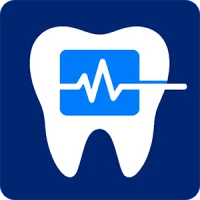
Dental Blog
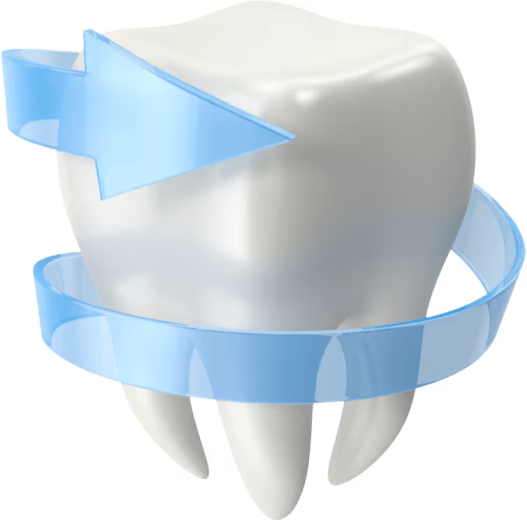

Resources for Dentists
Dive deep into helpful guides and in-depth information about:

Your Resource for Dentistry Insights
Sedation dentistry is evolving. Regulations change, compliance requirements grow, and practices need tools to stay ahead. The Sedate Dentistry Blog is here to help you learn, adapt, and succeed with resources built for dentists, oral surgeons, and office managers.

Explore Topics That Matter

Sedation Dentistry
Learn about sedation dentistry's best practices, compliance tips, and case studies.

Patient Vitals Monitoring
Device integrations, patient monitoring, and technology insights.

Patient Forms & Experience
Intake forms, digital consent, and patient-focused workflows and user experience.

Dental Practice Growth
Grow your dental practice with in depth guides, tutorials, and software reviews.
Recent Guides for Dentists
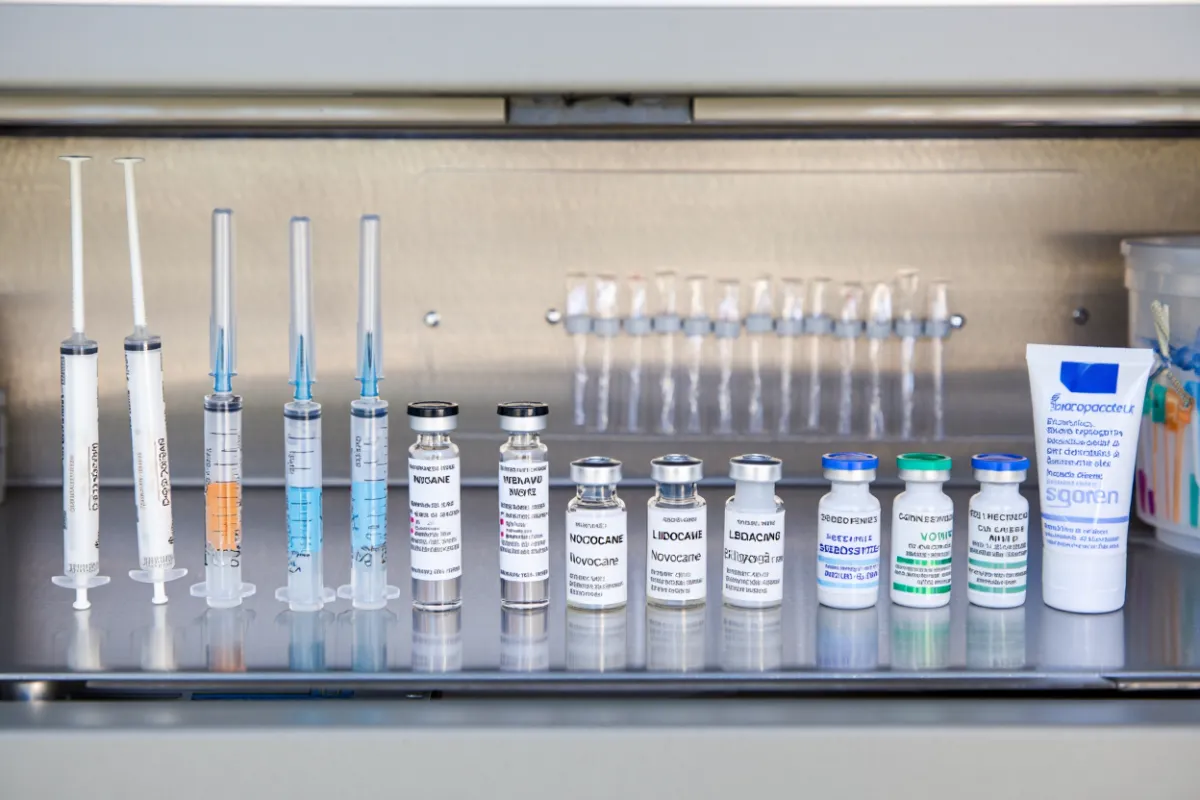
What Drug Is Used for IV Sedation in Dentistry?
Patients often ask, “What drug do you use for IV sedation?” The honest answer is that safe, modern IV sedation isn’t one drug—it’s a small toolkit. This guide explains the most common IV agents dentists use, how teams choose them, the role of adjuncts and reversals, and the monitoring and documentation standards that keep patients safe.
Table of Contents
What Drug Is Used for IV Sedation in Dentistry?
The short list: what’s commonly used in dental IV sedation
How clinicians choose: patient, procedure, and permit
The core agents and what they contribute
Dexmedetomidine (alpha-2 agonist)
A quick reference table you can paste into staff training
Reversals are part of the plan, not an afterthought
Monitoring standards dictate how far you can safely titrate
Documentation that defends care: the eight-field dose entry
How all this sounds to a patient: a simple counseling script
When drug choice changes mid-case: narrate cause and effect
Building your formulary and policy the right way
IV sedation dentistry relies on a few well-understood drug classes—benzodiazepines, opioids, hypnotics, dissociatives, and alpha-2 agonists—selected and titrated to match the patient, the procedure, and the provider’s training and permit. Clear screening, continuous monitoring, and real-time documentation make the plan defensible and the visit predictable. This article gives teams a practical framework for medication selection and shows how to document doses and responses cleanly using IV sedation charting software and Sedation visit record software.
The short list: what’s commonly used in dental IV sedation
Most dental IV sedations are built from a few agents used alone or in combination.
● Benzodiazepines (e.g., midazolam) reduce anxiety, cause amnesia, and make titration straightforward for moderate sedation.
● Opioid adjuncts (e.g., fentanyl) add analgesia and blunt stimulation but require careful respiratory monitoring.
● Hypnotics (e.g., propofol) provide deeper, rapidly adjustable sedation in appropriately equipped settings and with credentials for deep sedation/GA.
● Dissociatives (e.g., ketamine) offer analgesia and preservation of airway reflexes; they’re used selectively, especially in pediatric or high-stimulation scenarios.
● Alpha-2 agonists (e.g., dexmedetomidine) can provide anxiolysis and sedation with minimal respiratory depression; they demand patience for onset and thoughtful hemodynamic monitoring.
● Antiemetics and adjuncts (ondansetron, dexamethasone, glycopyrrolate) and local anesthetics round out comfort and safety.
● Reversals (flumazenil for benzodiazepines; naloxone for opioids) are stocked, checked, and documented before induction.
How clinicians choose: patient, procedure, and permit
Selection starts with the patient and ends with the room you actually work in.
● Patient factors drive the plan: age, weight, ASA class, OSA risk, airway anatomy, medications, and previous sedation responses.
● Procedural stimulation determines how titratable your plan must be; third-molar surgery differs from a long crown/bridge session.
● Permit and training define the ceiling; moderate sedation permits favor benzodiazepine-forward, titratable plans, while deep sedation requires additional credentials, equipment, and staffing.
● Clinic infrastructure matters; if your team streams vitals to the chart via Patient Vitals Monitor Integrations, you can titrate with confidence while the Recorder documents in real time.
The core agents and what they contribute
Picking the right drug is about matching properties to the day’s reality.
Midazolam (benzodiazepine)
Midazolam is the workhorse for moderate IV sedation because of its predictability, amnestic effect, and titratability. It reduces anxiety and smooths induction while allowing purposeful response. The main watch-outs are respiratory depression—especially when combined with opioids—and paradoxical agitation in rare cases. Real-time entries in minute‑by‑minute IV charting keep concentration (mg/mL), route, exact dose, time, indication, response, and running totals visible while you titrate.
Fentanyl (opioid adjunct)
Fentanyl decreases pain and blunts spikes from injections or traction. Its fast onset and short duration make it useful when stimulation comes in waves. The respiratory depression risk is real, particularly with benzodiazepines; continuous SpO₂ and ETCO₂ monitoring and timer-driven intervals are non-negotiable. Teams document each small titration and patient response in digital sedation visit records.
Propofol (hypnotic)
Propofol is a rapidly titratable hypnotic ideal for deep sedation in properly equipped settings with advanced credentials and airway expertise. It demands vigilant airway management and capnography. When used by qualified providers, it delivers quick onset, smooth maintenance, and rapid recovery. Policies, staffing, and objective discharge criteria should be version-controlled in Dental sedation compliance.
Ketamine (dissociative)
Ketamine provides analgesia and preserves airway reflexes, with a hemodynamic profile that can be helpful in selected patients. Emergence phenomena and hypersalivation are known considerations; pairing with a benzodiazepine and having suction ready can help. Clear event documentation—Observation → action → dose → response—keeps the story audit-ready.
Dexmedetomidine (alpha-2 agonist)
Dexmedetomidine offers cooperative sedation with minimal respiratory depression and an opioid-sparing effect. Onset is slower and bradycardia/hypotension can occur; selection and dosing require experience and time. Its best role is as an adjunct in longer, low-to-moderate stimulation cases.
A quick reference table you can paste into staff training
Use this at huddles to pair drug properties with your monitoring and documentation plan.
Reversals are part of the plan, not an afterthought
Flumazenil reverses benzodiazepines and naloxone reverses opioids. Teams check presence, dose, route, and expiration during setup, then document availability in the pre-induction checklist. If administered, each reversal follows the same time-stamped pattern with pre/post vitals and a clear response line. Standardizing these steps in compliance checklists for sedation prevents drift across providers.
Monitoring standards dictate how far you can safely titrate
The more adjustable your plan, the more closely you watch the airway and ventilation. IV sedation requires continuous SpO₂ and HR, non-invasive blood pressure at interval cadence, and capnography (ETCO₂) for early detection of hypoventilation. Device feeds via Patient Vitals Monitor Integrations eliminate transcription and let the Recorder focus on doses and events. For policy language and interval specifics, see IV Sedation Monitoring: Compliance and Safety Standards.
Documentation that defends care: the eight-field dose entry
Every medication entry should include medication name, concentration (mg/mL), route, exact dose, time, indication, immediate response, and running totals. Using the same spoken sentence the Recorder types keeps entries consistent and fast—especially in longer cases. That structure lives directly in paperless sedation visit logs so the end-of-case flow note becomes a two-minute summary.
How all this sounds to a patient: a simple counseling script
Patients want clarity more than pharmacology. A short, consistent explanation reduces anxiety and cancellations.
● “We use a short list of well-studied medications. We start small and adjust in real time to keep you relaxed while you breathe on your own.”
● “You’ll be monitored continuously for oxygen level, heart rate, blood pressure, and breathing—our screens record those automatically.”
● “You likely won’t remember much; a responsible adult needs to bring you and take you home.”
● “We’ll review your health history and medications to pick the safest plan for you.”
● “You’ll go home once you meet specific recovery criteria, not just when you ‘look ready.’”
When drug choice changes mid-case: narrate cause and effect
Good charts read like the room felt. If stimulation spikes or airway tone shifts, add an “extra entry” that ties the observation to action and response. “10:26 ETCO₂ 55 with RR 10 during luxation; jaw thrust + O₂ 10 L/min; fentanyl 25 mcg IV for traction; ETCO₂ 42 and RR 14 by 10:28; purposeful.” That line lets reviewers confirm safety in seconds and gives the clinician a defensible note.
Building your formulary and policy the right way
Teams get reliable faster when they keep decisions inside the software. Create a small formulary with indications, cautions, and reversal pairings. Store it with version control and read receipts in sedation compliance software. Map drugs to monitoring expectations and timer cadence so the Monitor Tech knows exactly what to call out and when. For a patient-friendly overview, share What Is IV Sedation in Dentistry? Process, Risks & Benefits and link to IV Sedation Dentistry: Risks, Benefits & Eligibility during case acceptance.
Frequently asked questions
Patients and staff repeat the same questions; having crisp, consistent answers saves time.
What drug will you use on me?
We select from a short list based on your health, the procedure, and your goals. We titrate in real time so you stay comfortable and safe.
Will I be asleep?
Most patients are very relaxed and drowsy and often nap; you’ll still respond to cues unless a deeper plan is indicated and permitted.
How long will it last?
We match duration to the procedure; IV plans adjust quickly and wear off predictably.
Is it safe?
With appropriate screening, monitoring, trained staff, and objective discharge criteria, the risk is very low for eligible patients.
Why can’t I just take a pill?
Oral sedation works for some visits, but it’s less adjustable. IV lets us dial the effect to match stimulation in the moment.
Where drugs meet workflow: making safety the easy choice
Great pharmacology can’t solve a chaotic room. Teams get the best results when monitoring data streams automatically, timers cue interval vitals, and the Recorder’s entries mirror the spoken workflow. With those pieces in place, the drug you choose becomes one part of a defensible, calm routine instead of the whole plan.
Next Steps
Book a Free Demo to see how Sedate Dentistry’s Digital Sedation Visit Records Software can streamline and replace paper sedation visit records—saving time, money, and increasing compliance while reducing liability and improving the quality of patient records.
Ready to modernize your sedation documentation? Book a Free Demo now.

Stay Ahead of the Curve
Benefits of Following Our Blog
Learn compliance best practices.
Discover new sedation software features.
Get expert tips for improving patient care.
See how practices are switching from paper or competitors like Xchart.

Learn More About Sedate Dentistry?
Request a software demo today. See how we can digitalize your sedation visit records.
Simple Pricing, No Hidden Fees
No limits on Procedures or Patients (additional fees for additional offices and dentists)
Testimonials
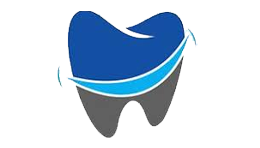
SmileRight Dentistry
Here's Sedate Dentistry Software in a nutshell. Time Saver. Money Saver. Easy to use. Amazing support. End of story.
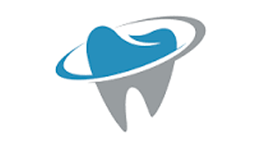
DentalClean
We learned about Sedate Dentistry from one of their other sister companies Edental. We switched from Xchart and this app works great.
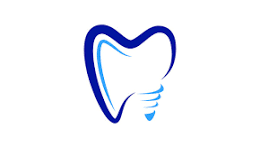
Metro Dentistry
The team at Sedate Dentistry has been amazing, especially Josh who helped integrate into our Edan X10. Much better than Xchart and a fraction of the price.
Contact Us
Contact Us
3165 West 4700 South, Suite A, Taylorsville Utah 84129



















